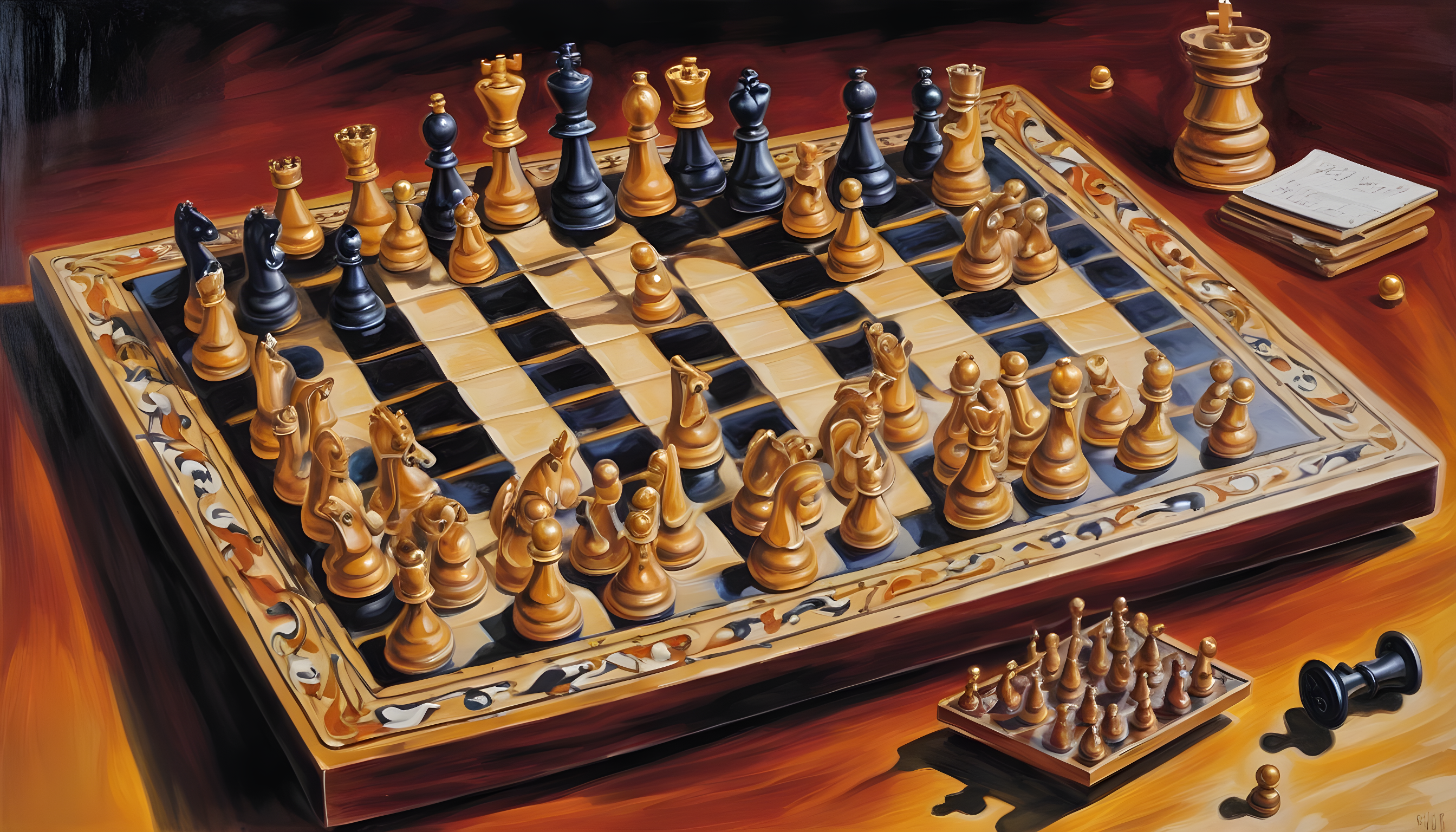Chess is an arena where system meets psyche. It has a rich and varied history.
Muslims brought chess to North Africa, Sicily, and Spain. They adapted the game’s pieces to abstract shapes because Islam prohibits lifelike images.
Women gained distinction in postal and problem chess. Vera Menchik defeated strong men in over-the-board tournaments before World War II.
Origins
The specific origins of chess are a mystery, but experts believe that it grew out of earlier distantly related board games. These often involved dice and playing boards of 100 or more squares.
The game reached Europe in the late medieval and Renaissance periods, where it became associated with nobles and aristocracy. It was considered an essential skill for young knights, similar to how they were expected to learn the ancient Chinese game Go. But the popularity of chess also led to its association with gambling, violence, and revelry. As a result, some Catholic churches attempted to ban the game.
During this period, chess developed many rules and mechanics that distinguish it from other games. The pawns gained the ability to move two squares on their first move, the bishops gained dominance over rooks, and the queens gained the power to capture other pieces on the board. The appearance of the pieces evolved as well, with ornate figures giving way to abstract shapes, following Islamic restrictions on depicting living creatures. As chess spread across the globe through global trade, it underwent many changes to become the game we know and love today.
Rules
Chess has a set of rules and standards that must be followed for the game to make sense. These rules include determining the starting positions, how pieces move and capture, and time limits. Learning these rules can help players become more versatile and improve their gameplay.
Advanced chess rules can also vary in how a player moves their pieces, or surround requirements like the touch-move rule (which states that if a piece is touched by a player, it must make a legal move). Some specialized rules exist for disabled players.
The rules of chess are defined by the FIDE (Fédération Internationale des Échecs), chess’ world governing body. However, other chess organizations and commercial publishers may have different rules. While the rules of chess have changed over the years, its idea has remained unchanged. Chess is a great way to promote tolerance, diversity and understanding among peoples. It has also been credited with helping to strengthen education and realizing gender equality. It’s no wonder it is one of the most popular games in the world.
Variations
There are a number of different types of chess variants. Some are very similar to traditional chess, while others have unique gameplay features. Most of these games have their own governing bodies and tournaments. Some also have their own history and traditions. These games may be derived from chess, or they could have developed independently.
Variants can be grouped into categories based on how they change the rules of the game. Some are subtle and only affect the starting position, while others are more dramatic. Some of these variants also introduce elements of chance or randomness to the game.
Some of the more common chess variants include No Castling Chess, Crazyhouse chess, and King-of-the-hill chess. Some of these can be played online, while others require a special board or are only available in certain games.
Many of these chess variants are based on other games that have some similarities with chess. For example, some of them are based on chaturanga, an ancient East Indian game that is presumed to be the ancestor of chess.
Pieces
A piece in chess moves any number of squares forward, backward, left or right and can also move one or two squares diagonally. It cannot jump over other pieces. A piece captured by an attacking enemy piece (called a “take” or a “capture”) is replaced on its original square – unless it is “pinned” by another attacking enemy piece (such as a Rook, Bishop or Queen).
The pieces that belong to each player are called pawns, knights, bishops and rooks. They are carved into recognizable shapes, and each country produced its own design.
The standard value of a pawn is one point, a bishop is worth three points, a rook is worth five points and a queen is worth nine points. However, the relative strength of each piece can change as a game progresses. For example, a pinned pawn is less valuable than an unpinned pawn, because the former can be easily captured by the latter. Moreover, the relative value of a piece can be even further diminished if it is “in check” – that is, in danger of being captured on its next move.
Strategy
Chess strategy is the set of principles that allow a player to create advantage in a game. It includes a wide range of concepts, from how to value pieces to evaluating a position. It is important for all players to understand these principles so they can improve their play.
One important aspect of chess strategy is center control. This is the ability to attack and defend the central squares of the board. A good chess player will seek to gain center control early in the game by developing their pieces. This will give them more options later in the game when they are ready to make a decisive attack.
The development of chess strategy began in the 9th century CE, when Abbasid chess masters wrote works on the game. By 1000 CE it had spread across Europe and Russia. By the 13th century, there were many manuscripts covering chess and other popular games like Persian shatranj. Chess strategies evolved as these writers developed openings, advanced middlegame theory and analyzed simple endgames. They also emphasized the importance of the initiative and developed the notion of force matters more than material.




